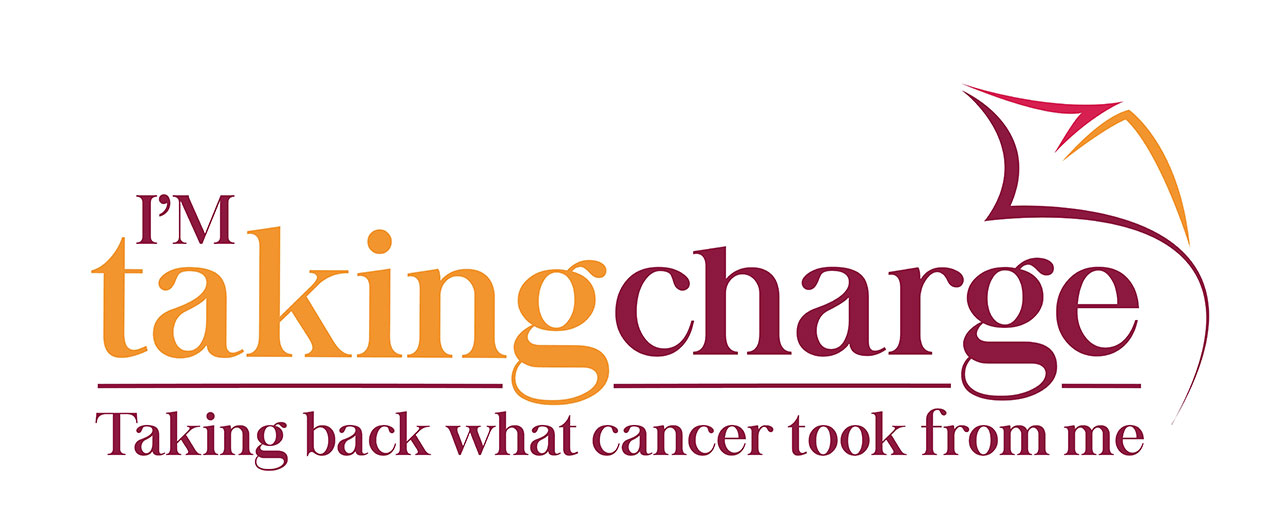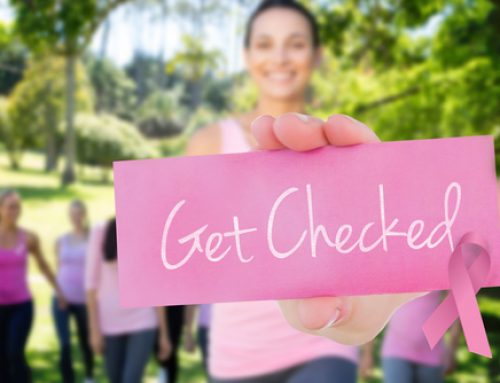I’m Taking Charge focuses attention on the racial disparity in prevention, treatment and mortality rates that still exist in the African American community when it comes to breast cancer. This month our articles will highlight funding issues and a diabetes prevention program that can help African American women reduce the risk of breast cancer. We’ll also take a look at a type of highly aggressive breast cancer that is seen more often in African American women, among other things. When it comes to African American women and breast cancer there are still many obstacles, but the good news is that much progress is being made.
Let’s Look at the Numbers

Breast cancer is the number two cancer killer in African American women.
Between 1975-1991 death rates increased, but after 1991, mostly because of a push on early detection, death rates started to decline.
Since 1991, breast cancer death rates have dropped 23 percent in African American women, but that number is much less compared to a 37 percent drop in Caucasian women’s rates.
That is when the divide in death rates started to grow much larger.
Breast cancer death rates between 2008-2012 were 42 percent higher in African American women compared to Caucasian women, even though they had similar incidence rates.
In 2014, African American women were 43 percent more likely to die from breast cancer than Caucasian women.
The higher death rate among African American women is probably determined by several factors; possibly a later stage diagnosis, obesity, or the types of tumors.
Also, possible factors contributing could be “access, adherence, and response” to high-quality cancer treatment.
Is it Environment and Community Conditions?

The Black Women’s Health Imperative explains it this way:
African American women, biologically, tend to be diagnosed with breast cancer at a younger age. The median age is 58. This means they are more likely to develop breast cancer at a younger age than Caucasian women whose median age is 61.
African American women tend to have higher rates of a type of breast cancer known as triple negative, which is usually more aggressive and has higher fatality rates.
According to BWHI, “Triple negative breast cancer is a challenge because there is no targeted therapy to treat it—currently chemotherapy, surgery, and radiation are used. Targeted therapies go after the specific molecules that cause the cancer—while more general treatments like chemotherapy go after all of the cells in the area where the cancer is.”
Racial Disparity and Breast Cancer

In the United States, the facts are that some racial and ethnic groups have not only worse health than other racial groups, but they also have less opportunity for preventative care and treatment.
But why?
Unfortunately, it isn’t one specific issue that causes this disparity, but many complex and connected issues are responsible.
It could be social issues like poverty, lack of education, racism, and discrimination, but it could go way beyond that.
However, there are those biological differences, and then there is access to care differences. It’s always better to spell things out in terms of what you can and cannot control. Here is some helpful information from the Black Women’s Health Imperative:
What Do You Have Control Over?

- Being overweight or obese after menopause: This is yet another minus of weight gain. Overweight or obese women who’ve been through menopause have an increased risk of breast cancer, compared to women the same age who maintain a healthy weight. Compared to women of other races in the U.S., African-American women have the highest rates of overweight and obesity. About 80% of Black women are overweight or obese.
- Drinking alcohol: The more you drink, the higher your risk of developing breast cancer. Every drink after the first increases your risk. For women, a drink is 12 ounces of beer, 5 ounces of wine (yes, that means red wine, too), or 1.5 ounces of 80-proof distilled spirits.
- Getting pregnant later in life—or not at all: Seems like a catch, right? We’re told as young women to avoid pregnancy, but then there’s this magical period when pregnancy can stave off breast cancer. It’s weird but it’s true: Women who don’t get pregnant until after age 30—and women who don’t get pregnant at all—might have an increased risk of developing breast cancer.
- Not getting enough physical activity: The less you get your body moving, the higher your risk might be. Aside from helping you avoid obesity, exercise can also lower hormone levels that are sometimes related to developing breast cancer.
- Taking birth control pills: Some types of oral contraceptives increase breast cancer risk. If you’re taking birth control, ask your doctor about this.
- Taking combination hormone replacement therapy (HRT): Doctors sometimes prescribe HRT to relieve symptoms of menopause. But certain types of HRT that involve both estrogen and progestin can raise your breast cancer risk if they’re taken for more than 5 years.
African American and Breast Cancer: Factors Out of Your Hands
- Age: Breast cancer is more common in Black women younger than 45. Generally speaking, as women get older, the risk of breast cancer increases. In fact, most breast cancer diagnoses happen in women who are over 50 years old.
- Dense breasts: If you have dense breasts, which is more likely in Black women, it means you have more connective tissue rather than fatty tissue. Connective tissue is tough, stringy stuff that makes it harder to detect tumors during a mammogram. Dense breast tissue also means a higher chance of getting breast cancer. (A 3D mammogram might be a good screening option if you have dense breasts because it is better at detecting tumors than a traditional mammogram. Ask your doctor if this is the right type of mammogram for your needs.)
- Family health history: You have a higher risk of breast cancer if your mother, sister, or daughter had it. The same is true if you’ve had more than one family member on either your mom or dad’s side who’s had it.
- Genes: Maybe you’ve heard of BRCA1 and BRCA2. These are inherited gene mutations that increase a woman’s risk of both breast and ovarian cancer. But there are other mutations—with names like ATM and STK11—that can also contribute to breast cancer risk.
- Personal health history: Women who have already had some types of cancer—including breast cancer—have a higher risk of getting it again. Smoking can also increase your risk.
- Race and ethnicity: In general, Black women have a higher likelihood of dying from breast cancer compared with white women.
- Radiation therapy: Exposure to radiation therapy to the chest before the age of 30—as part of treatment for an illness like Hodgkin’s lymphoma, for example—can increase the risk of developing breast cancer later on.
- Starting your period before age 12: While this doesn’t necessarily increase breast cancer risk by a huge amount, starting your period at a younger age means your body was exposed to certain hormones early on in your life. This longer-term exposure can increase breast cancer risk.
- Starting menopause after 55: On the other end of your spectrum of “life events,” women who don’t begin menopause until after age 55 also have a higher risk for breast cancer. Why? Same reason: Their bodies are exposed to certain hormones for a longer amount of time.
- Taking diethylstilbestrol (DES): Between 1940 and 1971, doctors sometimes gave pregnant women a drug called DES in the hopes of preventing miscarriages. Women who took DES—and women whose mothers took it—have an increased risk of breast cancer.
The recommended age for early screening is 45, but the data may suggest starting screenings earlier for African American women. Mammograms can be one of the most important weapons in early detection, even if breast cancer doesn’t run in your family.
It’s important to talk to your healthcare provider about your personal risk factors for breast cancer. They can provide proper recommendations about when and how frequently to begin screenings. Early detection is always the best weapon in the fight against breast cancer.
If you found this article to be helpful, you might like our series on African American women and breast cancer awareness. Also, you might like to join our conversation on Facebook or visit us on Instagram and Pinterest.







Leave A Comment